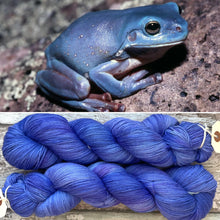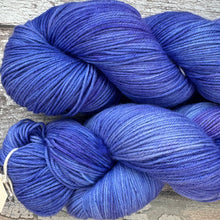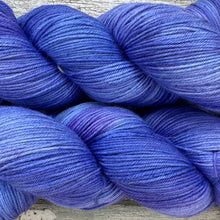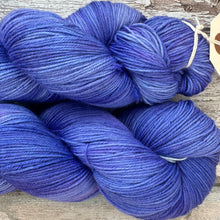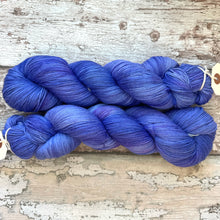
Superwash treated DK yarn with 75% merino wool for softness and warmth and 25% nylon for enhanced durability. It is suitable for approximately 4-5mm needles. About 224 metres per 100g skein. This yarn is presented as a skein. If you would like it caked then this adds 24h to the dispatch time.
About the Frog
The White's tree frog (Litoria caerulea), also known as the Australian green tree frog, also comes in a “blue” variety! There are found across Australia in a variety of environments, from rainforests to gardens in urban areas. They prefer areas of high humidity with bodies of water. During the day, they often rest in shaded, moist areas to avoid dehydration and predation. At night, they hunt for insects and other small invertebrates.
White's tree frogs are notable for their varied coloration, which can range from green to blue-green, with some individuals exhibiting brown or gray hues. Their skin is smooth and has a waxy coating that helps them retain moisture, and their toe pads are adapted to allow them to grip smooth surfaces. They are large, at up to 10 centimeters (4 inches) in length, with females generally larger than males. Their large, golden eyes provide excellent night vision, essential for their nocturnal lifestyle.
One of the most remarkable adaptations of White's tree frogs is their ability to change color. They can alter their skin color in response to temperature, humidity, and environmental conditions, ranging from bright green to a more muted brown. It is thought this ability to change color helps them regulate their body temperature and blend into their surroundings, providing camouflage from predators.




